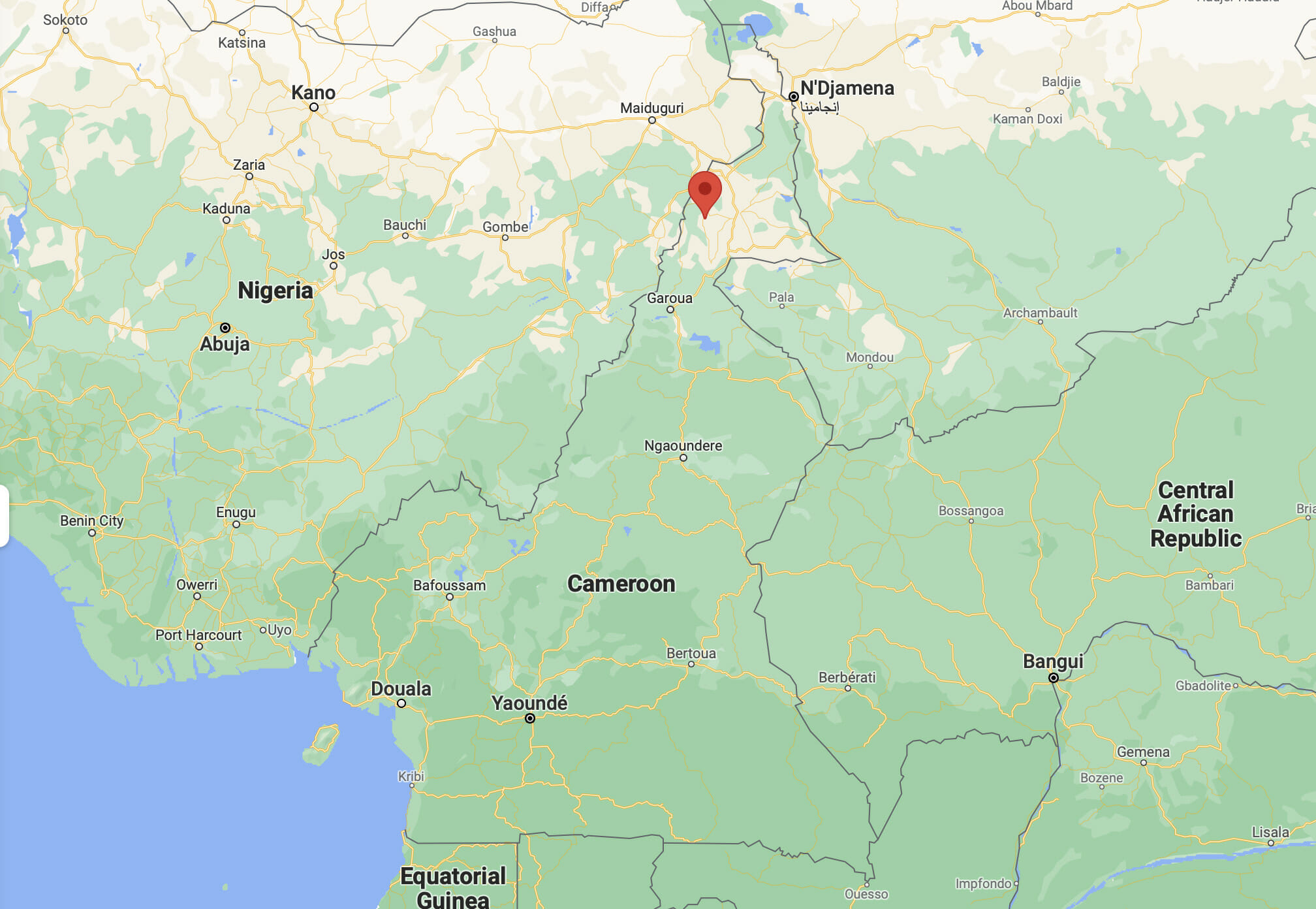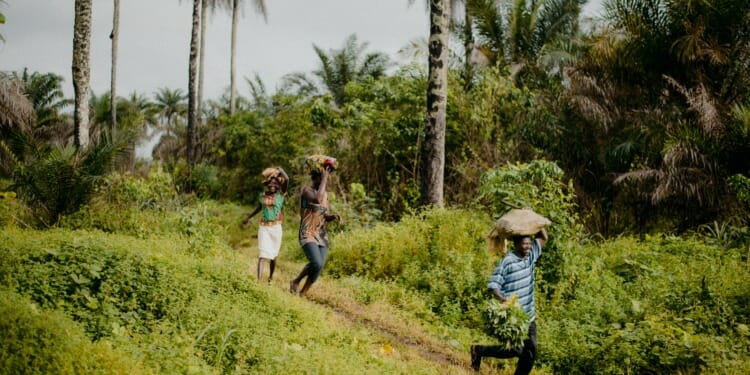In the Sahel, an area known for its harsh and arid conditions, Cameroon’s refugees are restoring land that was once barren.
“Minawao has become a place that is green all over. There are a lot of benefits to that. We have shade from the sun, the soil has improved and the trees attract water” Lydia Yacoubou, a Nigerian refugee working at the tree nursery, happily boasts.
The Minawao refugee camp, originally intended to hold 10,000 people, has been overwhelmed by a flood of refugees fleeing the violence of the Boko Haram insurgency in neighbouring Nigeria.
Roughly 70,000 refugees now live in Minawao and the influx has strained the region’s already scarce resources. Exacerbated by climate change and conflict, food insecurity burgeoned causing tensions between refugees and host communities.
The arrival of the refugees in Minawao increased deforestation and ramped up the process of desertification whilst the price of wood soared.
“Women were forced to walk far into the bush to fetch wood, exposing themselves to potential attacks. Animals found it increasingly difficult to feed themselves. It was crucial to find a solution.”
–Zara Maina, a field assistant with the UN Refugee Agency, UNHCR
In 2018 the UNHCR and the Lutheran World Federation (LWF) found the solution to that problem. A unique programme aimed at reversing deforestation and revitalising the local area was launched and the impact has been incredible.
Three years later 360,000 seedlings spanning more than 100 hectares of land have been planted by Cameroon’s refugees and host communities.
“The trees bring us a lot,” says Lydia. “First, they provide the shade necessary to grow food. Then, the dead leaves and branches can be turned into a fertilizer for cultivating. Finally, the forest attracts and retains water. Rainfall has even increased.”
The project is part of the UNHCR’s agenda to preserve local environments surrounding refugee camps and reduce the associated greenhouse gas emissions. The strategy involves investing in solar energy systems, scaling up tree planting and clean cooking programmes, and reducing plastic waste.
The Land Life Company has trained Cameroon’s refugees to use “cocoon technology” which gives seedlings the greatest chances of survival in such harsh conditions. The technology involves a doughnut-shaped water tank produced from recycled cartons which surround plant roots and feeds them water through a string.
Funded in part by a US$2.7 million donation from the Dutch Postcode Lottery, the programme is part of a larger Great Green Wall (GGW) initiative that has already seen millions of hectares of land restored across the Sahel region.
Introduced in 2007 by the African Union, the GGW initiative is the only land-restoration initiative under purely African leadership, designed by African people for African people.
Related Articles: Cameroon and the Fight Against Climate Change | The Great Green Wall: Its Status, Impacts and Need for More Support
Reforesting as a long-term solution to address demographic growth: The example of Minawao
As the population of the Sahel is set to triple in the next three decades, the African Union is intent that action must be taken. Originally the aim of the Great Green Wall was the growth of an 8,000 km long, 15km wide tree barrier running from Djibouti to Dakar to tackle drought, desertification and degradation.
The initiative has since expanded to account for the needs of the humans living on this land. In 2012, a new plan was produced to restore agroecosystems through land management practices that would enhance livelihoods. By 2030 the project aims to have created 10 million green jobs in rural areas whilst restoring 100 million hectares of degraded land and sequestering 250 million tons of carbon.
It’s an ambitious plan and it has met its challenges but so far the results for the refugees in Minawao have been astounding. Not only has the land been restored, but refugees now receive regular income and have also acquired training and relevant certificates for their works.
Before the initiative, Minawao received fresh food just three times a year, now there is a surplus of fruit, allowing it to be sold locally. The project no longer just plants trees; it’s reformed how the camp is supplied with food, shelter and work.

“We have not only focused our actions on reforestation and raising awareness. We are also overcoming challenges like cutting wood. We have set up a strategy with UNHCR to promote alternative energy sources like the use of eco-friendly briquettes”, says Abdul Aziz, LWF’s project coordinator.
Plastic tents are being replaced by sustainable, locally sourced shelters and the forests provide shade and protection from the wind. The forests were threatened by a need for food and fuel so eco-friendly cooking alternatives have been introduced by the UNHCR and LWF to secure the longevity of the plantings.
Families in the camps can send household waste to charcoal production centres. Here, refugees are trained to turn the waste into “ecological coal” used for specially adapted stoves. The coal provides an alternative energy source as well as a source of income for Cameroon’s refugees.
“The money I make selling charcoal briquettes allows me to buy soap, seasoning and meat to supplement the family’s rations,” says Fibi Ibrahim, a refugee and mother of five. “I hope that soon, when I have saved enough money, I can start my own shop in the camp and fully meet the needs of my household.”
Both refugees and the climate face dire and uncertain futures, futures that cannot be disentangled from one another. According to the UN, there could be up to 1 billion environmental migrants by the year 2050. Initiatives such as those in Minawao exemplify how we can protect the earth’s most vulnerable people whilst also protecting its most vulnerable resources.
Editor’s Note: The opinions expressed here by Impakter.com columnists are their own, not those of Impakter.com. — In the Featured Photo: Farmers carry produce through a forest. Featured Photo Credit: Annie Spratt










